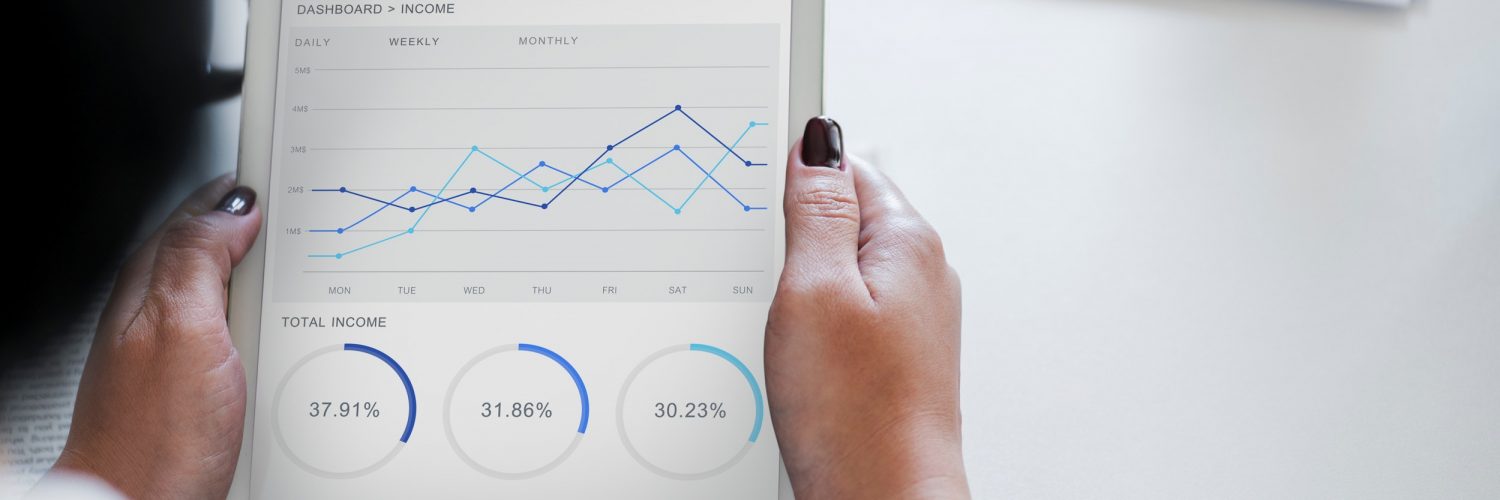Real-world data
A podcast with John Seaner, chief marketing officer, Swoop
In a recent MM+M podcast, Larry Dobrow, editor-in-chief of MM+M, spoke with John Seaner, chief marketing officer, Swoop about what Dobrow called “the state of the union on the current healthcare marketing landscape.”
A changing market
Kicking off the conversation, Seaner broke down the top six macro forces of change as he sees it, starting with the “industry/structural forces.” These include “oversaturation due to ‘spray-and-pray’ advertising; the “transformation of personal promotion” as a result of “pre-COVID times when pharmaceutical brands enjoyed in-person discussions with healthcare providers and physicians” which “post-COVID, has left sales reps and medical science liaisons unable to obtain the same level of engagement and/or access”; and lastly, “the new wave of startups continuously upending the conventional pharmaceutical value chain.”
Then there are the “consumer changes,” which involve “high levels of consumers with technological literacy”; a fickle demand chain” due to “the constant barrage of new ways of engaging patients and new healthcare delivery models”; and “mobile centric/digital first consumers” in receipt of “unprecedented access to information.”
Taken altogether, these forces are creating what Seaner calls, “a vicious cycle of marketers feeling like they need to oversaturate the market.” This, unfortunately, has resulted in “a morass of undifferentiated, flat messaging” that consumers are “tuning right out.”
Rethinking targeting methodologies
The most recent data Seaner has seen “shows that 80% of consumers have now shut off their cross-app tracking” after Apple offered their customers the option in a bid to gain their confidence that, “privacy is No. 1.” What this has meant for healthcare marketers is that “platforms like Facebook and Instagram,” which they once leveraged for online behavior data, “were suddenly gone.”
One top of that, Facebook/Instagram determined that healthcare was “a sensitive condition” and as such, marketers could no longer use health-related interests to target. But the truth is, as Seaner pointed out, “behavior-based engagement and activation of ads, programmatic advertising and social media efforts weren’t actually that effective.” No manner of “social footprint, digital body language or Clickstream data could predict whether someone was suffering from an affliction.” And forget about reaching those with “specialty, micro-specialty and rare diseases … that’s a needle in a haystack,” Seaner said.
Seaner outlined a better way, embraced by Swoop’s customers, “using machine learning and artificial intelligence” to surface “hundreds of millions of patient journeys.” Once surfaced, those findings are combined with “billions of signals of social determinants of health,” which allows Swoop to “create custom segments exclusive to a brand” all while ensuring privacy.
Put simply, it’s an anti-one-size-fits-all tenet.
By way of example, Seaner cited the potential to “target patients based on the diagnosis of their disease and comorbidities” or “finding patients who have been hospitalized in the past six months.” By getting specific, instead of generic, Seaner noted that “you can create highly differential, brand-specific cluster messages,” based “on real-world data,” that’s “exclusive to the brand.” And this, as he says, results in the ultimate goal of “eliciting the behavior that pharmaceutical brands are really looking for, namely Rx lift.”
Privacy in the advertising supply chain
At the very least when it comes to privacy, Seaner said, “you have to be HIPAA compliant,” though he added that companies “shouldn’t stop there.” While there was no way for “HIPAA to have envisioned today’s privacy quagmire,” a result of “engaging in very different methods than were around when HIPAA was authored,” the fact remains that privacy issues have grown exponentially complex. For Swoop, this means “filling in the gaps for a digital-first ecosystem” by becoming “a member of the Network Advertising Initiative.” The NAI is a self-regulated, online advertising trade group “comprised of those in the industry who have committed to privacy safe guidelines.”
Additionally, Swoop guarantees that “through direct or even indirect purposes, a patient can never be identified or re-identified” thanks to its use of the “k-anonymity methodology,” a proprietary process to de-identify patients.
With Swoop’s overarching mantra being “know your advertising supply chain, understand the scientific methods that guarantee privacy is going to be maintained and be responsible citizens,” the company helps its customers “cater to shifting consumer privacy demands; accurately predict conditions,” which, in turn, empowers pharmaceutical marketers to develop “effective and unique messaging that relays a brand’s distinct therapeutic advantages.”
As Seaner sees it, the future of healthcare marketing is highly personalized. Instead of “angst from a patient wondering why they’re listening to or being shown something irrelevant to them,” they’re going to receive “messages based on their unique condition and patient behavior and perhaps most advantageous it will make them feel seen and it will help the client build trust and brand loyalty.”
In the end, said Seaner, “This is really going to benefit the whole industry.”










